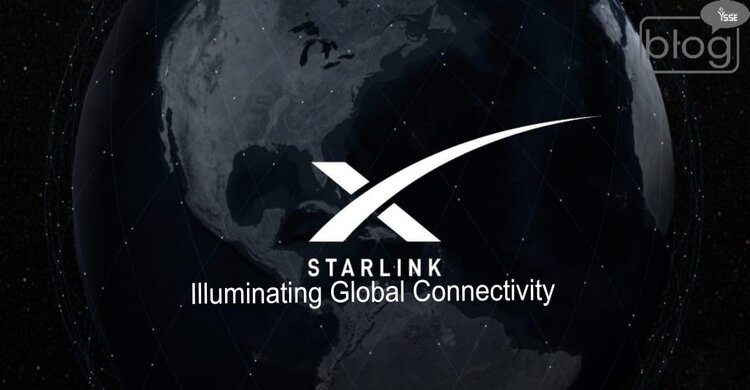Starlink is SpaceX’s ambitious project aimed at providing high-speed, low-latency internet access to virtually all corners of Earth; once fully explored it may revolutionize how we connect. As we explore Starlink further, it becomes evident that it could provide global connectivity solutions of unprecedented speed and low latency.
Unveiling the Starlink Constellation: A Revolution in Orbit
Starlink, created by Elon Musk’s SpaceX company, envisions a constellation of satellites orbiting low Earth orbit (LEO), working together to bring high-speed internet access to remote regions. While traditional infrastructure often faces difficulties reaching distant regions due to geographic restrictions and high costs, Starlink provides an alternative space-based solution for getting internet access.
Starlink currently comprises hundreds of satellites orbiting Earth, with plans to increase this to thousands soon. They form a mesh network for continuous coverage while also decreasing latency compared to traditional satellite internet services. Together they could bring reliable high-speed internet service to areas that had long lacked digital access.
Global Reach: Connecting the Unconnected
Starlink’s primary mission is to bridge the digital divide by offering internet access in remote regions of the world. Accessing the internet may often be seen as a luxury rather than an essential service; Starlink intends to change this paradigm by making high-speed internet accessible even where traditional infrastructure cannot.
Starlink’s global reach stands to bring remote communities, islands, and regions with difficult terrain significant benefits in education, healthcare, and economic development; including access to online resources like telemedicine services and e-commerce opportunities previously unavailable to them.
Redefining Satellite Internet with High Speed, Low Latency
Satellite internet has traditionally been plagued with high latency, making real-time applications like video calls and gaming difficult. Starlink addresses this challenge by placing its satellites in low Earth orbit; doing so drastically decreases signal travel distance and thus user latency experience.
Starlink provides an immersive internet experience that rivals or exceeds traditional broadband connections in many respects. With low latency and high-speed capabilities, it opens the door for seamless video conferencing across remote locations or cutting-edge technologies like AR/VR on a global scale.
Challenges and Controversies in Navigating the StarLink Constellation
Starlink has proven its promise, yet still presents numerous difficulties and controversy. Astronomers have raised concerns regarding its effects on astronomical observations – specifically light pollution and interference with ground-based telescopes. SpaceX has taken measures such as darkening satellites and installing sunshades to address these concerns.
Furthermore, questions have been raised regarding the environmental impacts associated with launching and operating such an expansive constellation of satellites. As Starlink continues to develop, addressing these concerns and finding sustainable solutions will be paramount in its long-term viability and acceptance by customers.
Keeping An Eye On Starlink’s Role in Shaping the Digital Frontier
Starlink continues its mission of global connectivity, creating positive change on a digital scale that cannot be overstated. From connecting those without the internet to revamping satellite internet and spurring positive transformation in education, healthcare, and economic development – its impact cannot be overstated.
Starlink stands as a testament to human creativity and our relentless quest for progress. As more satellites join this global dance, Starlink continues to illuminate a path to a more connected, accessible, and inclusive digital future for people around the globe.
To read more blogs click here.
Writer,
Jannatul Afia Priya
Intern, Content Writing Department
YSSE

